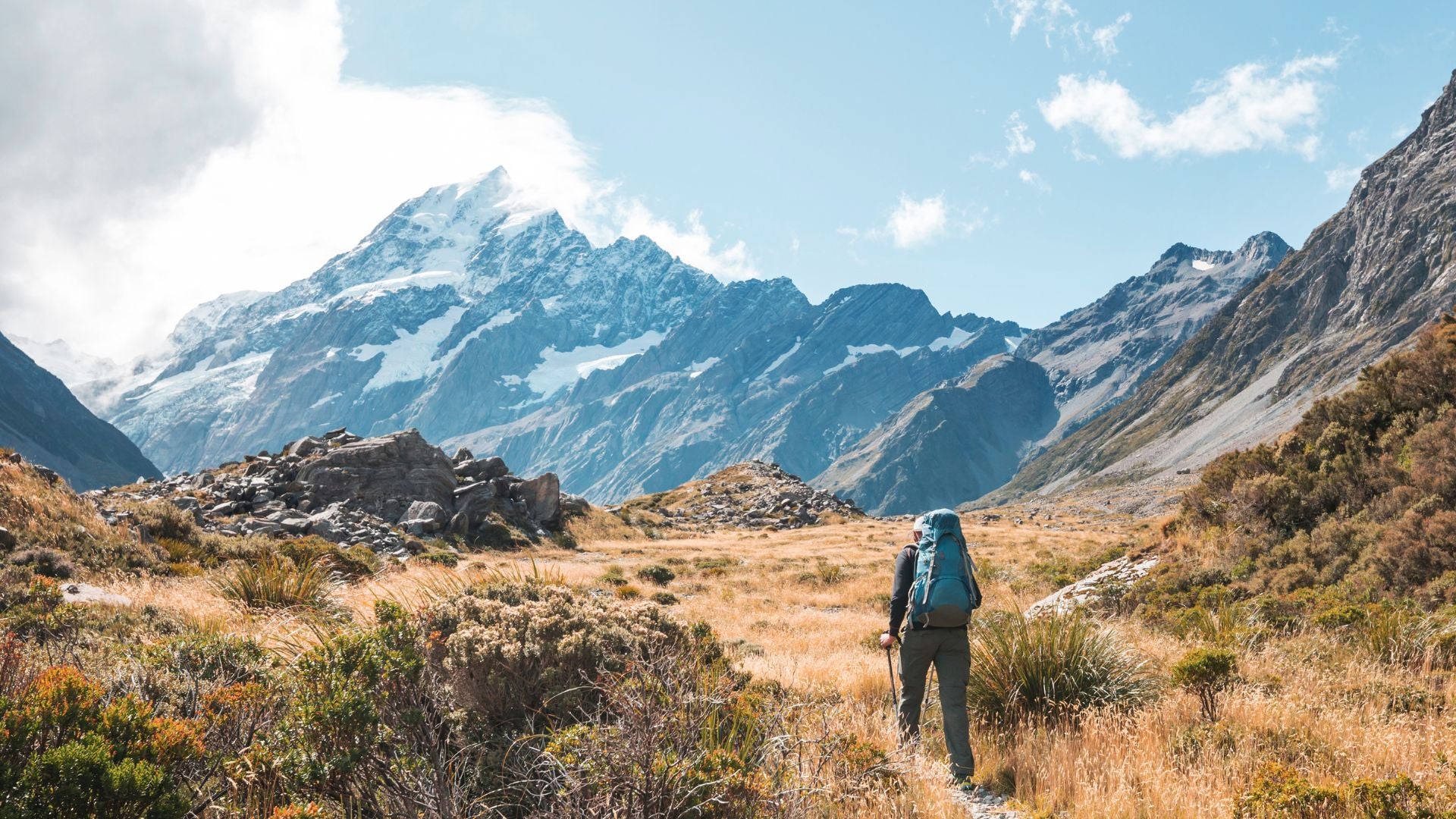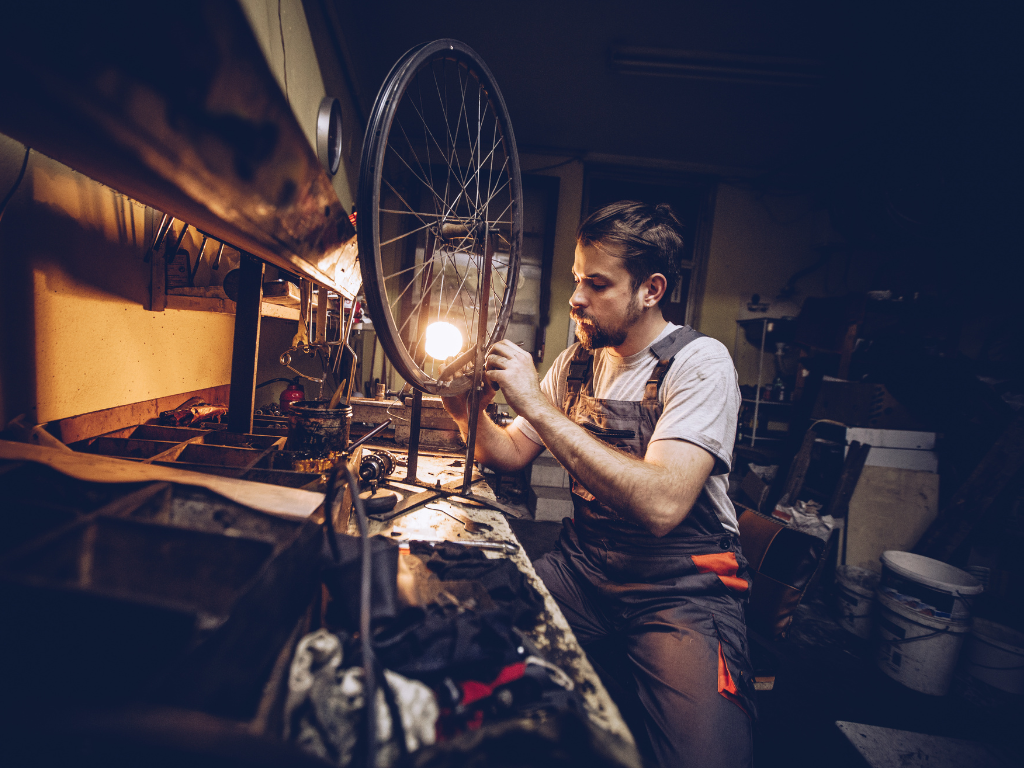Why do you need different shoes for trail running vs road running. Can’t one pair do both? The short answer is no, because there are big differences you need to think about. There are a lot of choices in trail running shoes, but before you buy it pays to work out what shoe – or shoes – will work best for you. The main differences between trail running shoes and road running shoes relate to the running surface itself. For trail running you need shoes with aggressive tread, enhanced foot protection, support, and stability.

How To Choose the Right Trail Running Shoes
Key Features of Trail Running Shoes:
Tread
The tread on trail running shoes plays a crucial role in providing traction on varied and challenging surfaces. Unlike road running shoes, which feature flatter and less aggressive outsoles, trail shoes are designed with deeper and more pronounced lugs to enhance grip.
Deeper Lugs for Soft Terrain: When you're running on muddy, sandy, or loose terrain, deeper lugs bite into the surface, ensuring you maintain a solid grip. The spacing between these lugs is also important, as wider gaps help shed mud and debris, preventing buildup that can make shoes slippery.
Shorter Lugs for Hard-Packed Trails: If you're running on firmer trails like compact dirt or gravel, shorter, more closely spaced lugs provide enough traction without feeling cumbersome. Shoes designed for these conditions often strike a balance between grip and agility, giving you the confidence to move quickly on stable surfaces.
Having the right tread for your trail surface reduces the risk of slips and falls, allowing you to focus on your run without worrying about your footing.
Foot Protection
Trail running shoes are designed to handle tough, unpredictable terrain, and foot protection is a crucial feature.
Toe Guards: Unlike the hard metal toe caps found in construction boots, the toe guards in trail running shoes are made from flexible, durable materials like rubber or synthetic overlays. These are tough enough to protect your toes from sharp rocks, roots, and debris, while remaining lightweight and comfortable. They provide essential protection without the heavy, rigid feel of safety footwear.
Reinforced Uppers: Many trail shoes have durable, abrasion-resistant uppers, often with added overlays or protective layers. These reinforced uppers help shield your feet from cuts, scratches, and impacts from sharp objects like thorns, jagged stones, and sticks, offering full coverage protection as you navigate rugged trails.
Together, these features ensure that your feet are well-protected from the rough conditions of trail running.
Foot Support
Running on uneven trails means your foot needs additional support to stay secure and balanced. While road shoes focus on cushioning and some arch support, trail shoes prioritize stability and foot placement.
Midfoot Support: Trail shoes often have more rigid or structured midfoot designs to keep your foot from sliding around inside the shoe. This is especially important when navigating sharp turns, rocky descents, or steep inclines.
Heel Counters: A sturdy heel counter in trail shoes helps anchor your foot, providing additional stability when the terrain gets tricky. This support prevents ankle rolling and reduces the risk of injury on uneven surfaces.
Arch Support: Whether you have high or flat arches, trail shoes should offer enough support to prevent fatigue during long runs. Good arch support keeps your foot aligned and reduces overuse injuries, especially on steep trails where your arches are under increased stress.
Having a secure, supported foot allows you to focus on the run, not on discomfort or instability, and ensures your performance is optimized for the rugged terrain.
Stability on Uneven Terrain
Further Questions To Consider:
So, you’ve got a quick overview of trail running shoes, but before making a choice, consider the following questions to ensure you get the perfect pair:
-
- What surfaces and terrain will I be running on?
- What seasons will I be running in?
- What distances will I be running (per session and per week)?
- What are my trail running goals?
-
What is my running experience level?
- Beginners might need more cushioning and support, while advanced runners may prioritize flexibility and responsiveness.
-
What is my typical running pace?
- Slower paces might benefit from extra cushioning, while faster paces might require a lighter shoe.
-
Do I have any specific foot issues or injuries?
- Look for shoes with specialized support or cushioning if you have conditions like plantar fasciitis or ankle problems.
-
What kind of weather conditions will I encounter?
- Consider waterproof shoes for wet conditions or breathable options for hot weather.
Surfaces
For loose and muddy surfaces, opt for a shoe with an aggressive tread featuring deep, widely spaced lugs. This design enhances grip and prevents mud from clogging the outsole. A well-supported instep is essential for maintaining balance on uneven terrain. The NNormal Tomir, favored by trail running expert Kilian Jornet, excels with its robust construction and superior grip. This unisex shoe is ideal for challenging conditions.
If you’re new to trail running, you might find our article, How to Train for Trail Running with Kilian Jornet, particularly useful.
For rough, rocky terrain, a stiff outsole is crucial for stability, and reinforced uppers will help protect your feet from impacts.
For variable terrain, choose a versatile shoe that balances grip and strength, with outsole lugs that are less aggressive if mud is not a major concern. The NNormal Kjerag trail running shoes offer excellent versatility and durability, making them a solid choice.
Distance
For shorter distances under 15km, lightweight and responsive shoes are ideal.
For middle distances (25 to 50 km), all-around shoes provide the best combination of cushioning, stability, and durability. The new ON Cloud Monster shoes, available for both men and women, are known for their plush feel without compromising on support.
For distances over 50km, prioritizing cushioning is essential. Hoka is renowned for its cushioned shoes designed for long-distance running. The Hoka Speedgoat is a standout option that combines cushioning with trail capability.
Your Body Size
Your body size significantly impacts your shoe choice. Lighter runners may prefer lighter, more responsive shoes that offer agility and speed. Conversely, larger runners should look for shoes with additional cushioning and enhanced stability to support and protect joints during long runs. Extra cushioning can help absorb impact and reduce stress on your legs and feet.
Fit
Proper fit is critical for trail running shoes. A shoe that doesn’t fit well from the start won’t improve with use. Ensure there’s approximately a 10mm gap between the end of your toes and the shoe to accommodate foot swelling during runs. This extra space helps prevent blisters and black toenails, ensuring comfort and reducing the risk of injuries.
Conclusion
When choosing your trail running shoes, you need to consider:
-
- Terrain: Match the shoe to the specific surfaces you'll run on.
- Distance: Choose lightweight shoes for short runs and cushioned ones for longer distances.
- Body Size: Lighter runners might prefer responsive shoes, while larger runners should look for added cushioning.
- Fit: Ensure a proper fit with about a 10mm gap for comfort and to prevent injuries.
- Running Experience and Pace: Select shoes that suit your experience level and pace.
- Foot Issues: Address any specific foot concerns with the right shoe features.
- Weather Conditions: Consider features like waterproofing or breathability based on the climate.
With these considerations in mind, you’ll be well-prepared to find the perfect trail running shoes. At Outside Sports, we offer one of the largest ranges of shoes in New Zealand. For expert advice, visit our stores in Queenstown, Wanaka, Te Anau, Tekapo, or Arrowtown.



